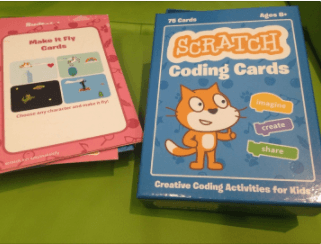 The website allows users to post videos of police abuses, track them on an interactive map and even play a game in which the goal is to avoid gunfire from police officers.
The website allows users to post videos of police abuses, track them on an interactive map and even play a game in which the goal is to avoid gunfire from police officers.
Called Protect & Swerve, the website and companion app were created by six Bronx high school students who recently presented their work to business and community leaders, including the Rev. Jesse L. Jackson, at an economic summit in Midtown Manhattan.
The students received applause, then a question: How much money would they need to further develop the app?
“Tell your people to call our people,” Shemar DaCosta, 15, replied. “And I’m just putting this out there: We’re all free for internships.”
The students’ success highlights a growing movement in the Bronx to equip young people with the knowledge and the skills to write code, the language of computers, so that they can become creators rather than simply consumers of apps, video games, websites and other programs. There have been coding lessons in schools, so-called weekend hackathons for students to code together for as long as 24 consecutive hours and training institutes for teachers across the borough as educators, leaders and others aim to help students navigate an increasingly digital world and better prepare for jobs in the future.
Source: Teaching Bronx Students the Language of Computers – The New York Times







